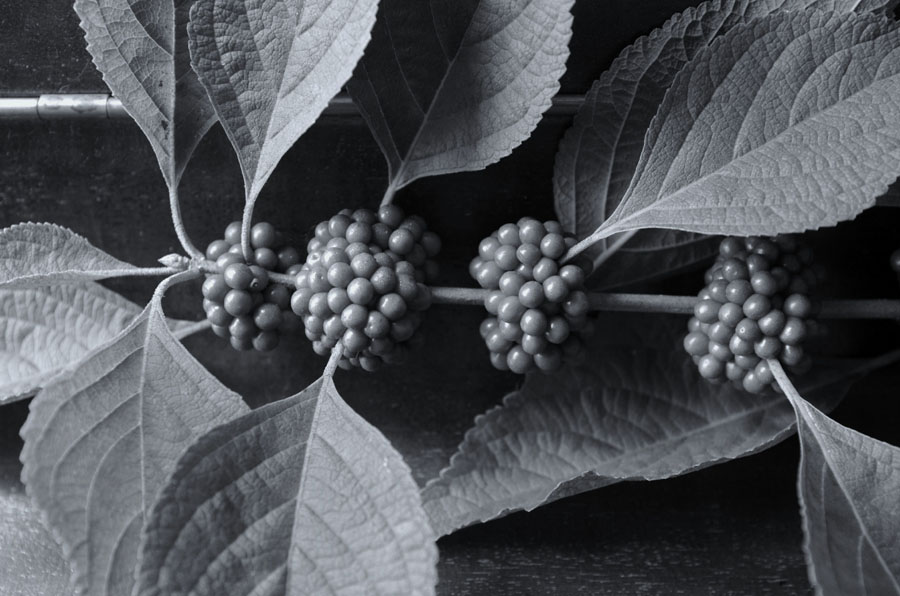I'm mostly repeating what other people have said, but:
1) Going digital is a good idea. Macro = many opportunities for mistakes, mishaps, etc. I generally take only one or two photos for a given human-scale scene - but getting a good macro shot may take anywhere from five to fifty.
2) Get a DSLR with live view. Compared to the mirrorless crowd, the SLR systems are well developed, have decent flash systems with normal hot shoes (looking at you, Sony) and above all, the cameras have mass and a wide enough footprint so they work well on tripods. Older 50mm macro lenses for SLR systems are cheap, good and plentiful. The camera doesn't have to be of the latest generation.
3) For any serious macro work, you are going to need artificial light. Working at 1:4 and deeper it's very rare that you get natural light that sculpts the tiny features and textures the way that you like. Avoid the macro-oriented ring/twin flashes and use a normal flash unit on an off-camera cord. Reflectors, diffusers, snoots etc. can be made in a DIY fashion. The flash should have manual settings.
4) Nature-oriented websites will tell you that you should get at least a 100mm lens, better yet 180mm. IMO, for static subjects, this is BS. A 50mm macro on APS-C is very workable indeed. OK, controlling backgrounds is more of a chore with shorter lenses but that's all part of the fun. I strongly suggest getting a true macro lens instead of adding extension to a normal 50. Not only do you get vastly better quality at close range but a looong focus throw as well (necessary for accurate results).
It's been gathering dust for a couple of months, but my own close-up rig consists of the following: Canon 40D and EF 50/2.5 macro form the core. A simple and stupid 220EX flash provides illumination. I use various bits of translucent plastic and silver tin-foil to make light modifiers as I go along. For greater magnifications, I have an extension tube, a 1.4x teleconverter and the 250D close-up diopter. These accessories are sometimes also used with my 28/2.8 and 135/2.8. Last but not least, Manfrotto 055PRO legs with built-in side arm and a three-way head.
You could of course compile an equally capable or better kit by Nikon or Pentax.
some results:
this was done in the wild with 50/2.5 + 12mm extension and 1.4x teleconverter, improvised diffuser on the flash + improvised background
same optics, can't remember whether I used flash there
just the 50/2.5, flash with an improvised snoot made of tin foil.









